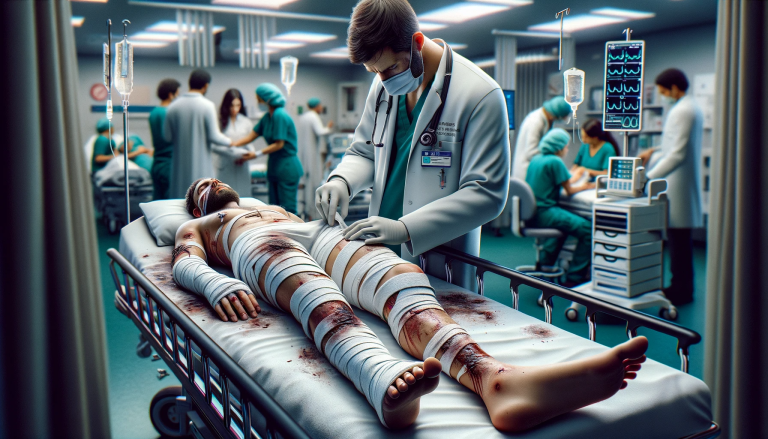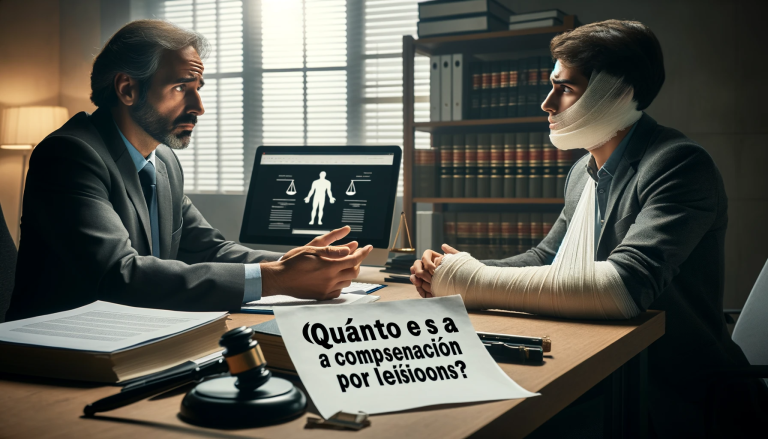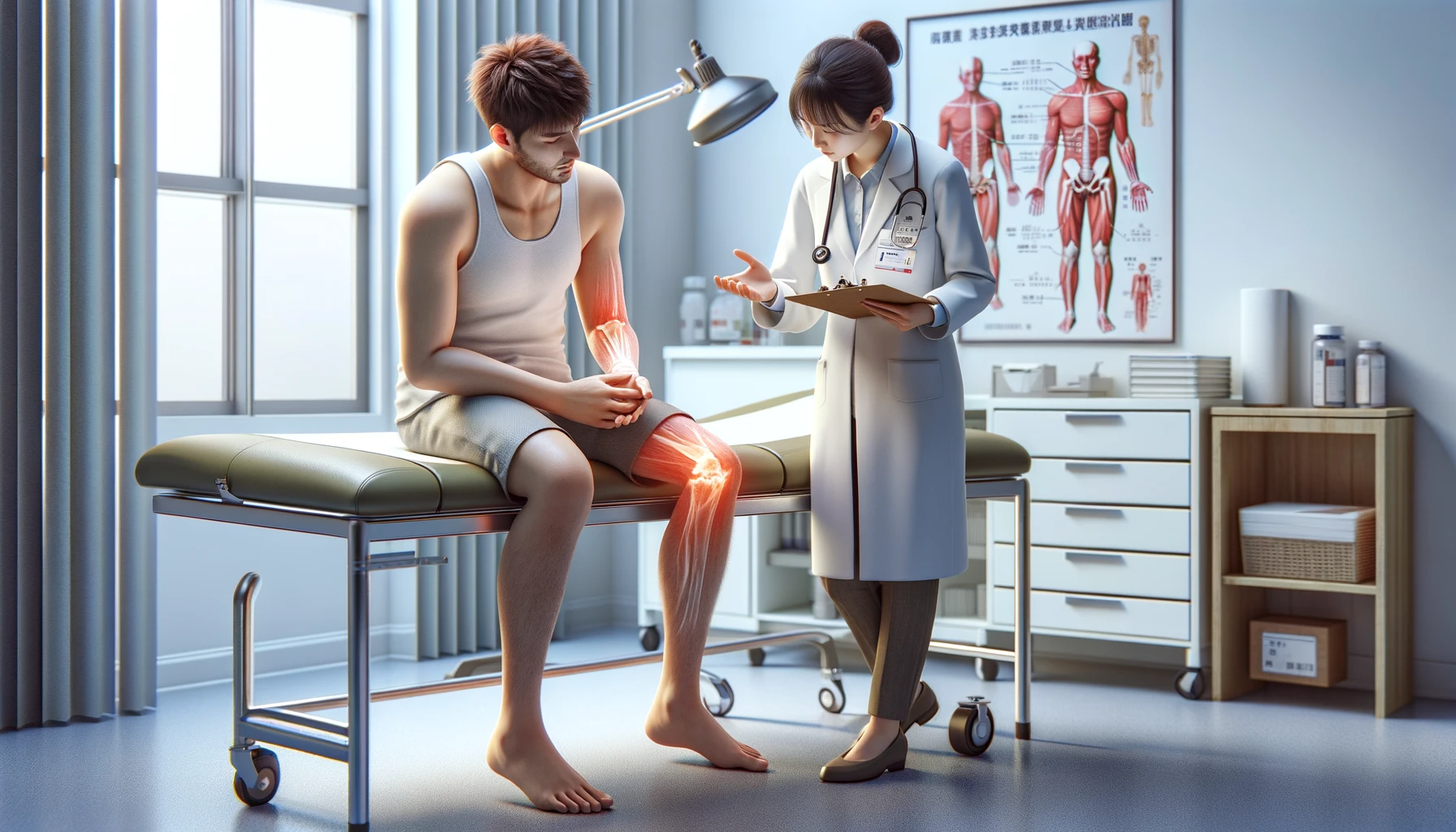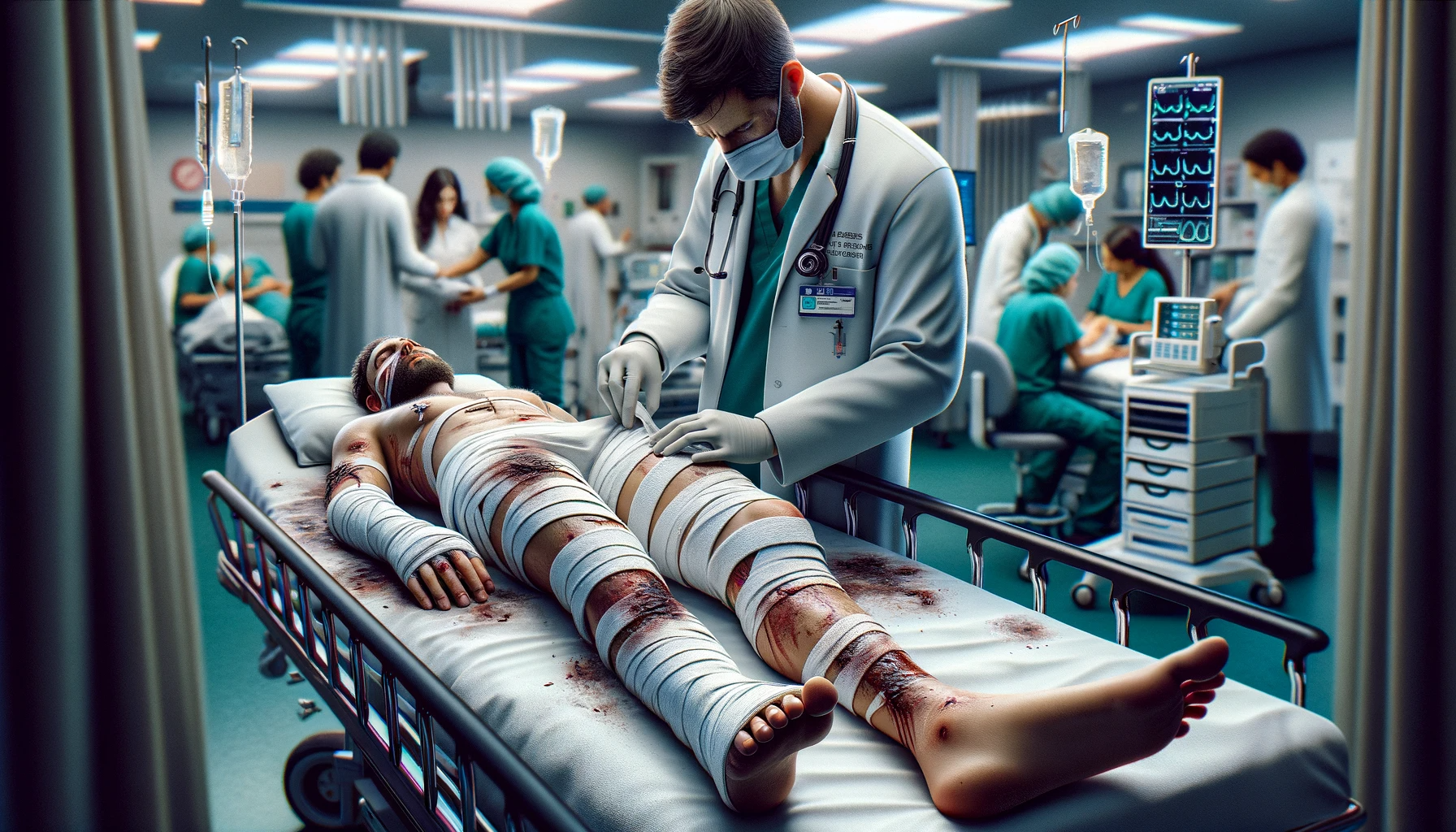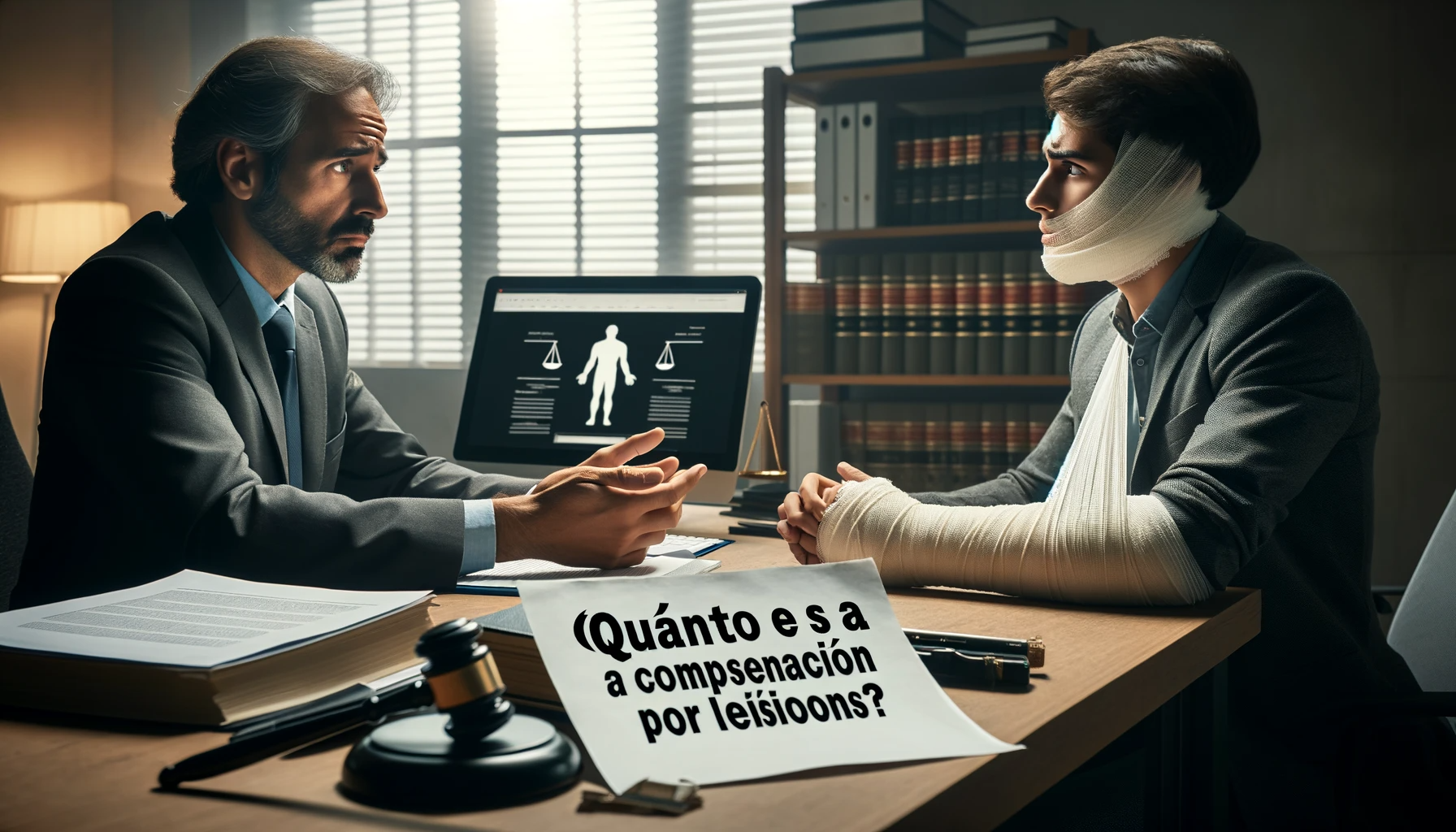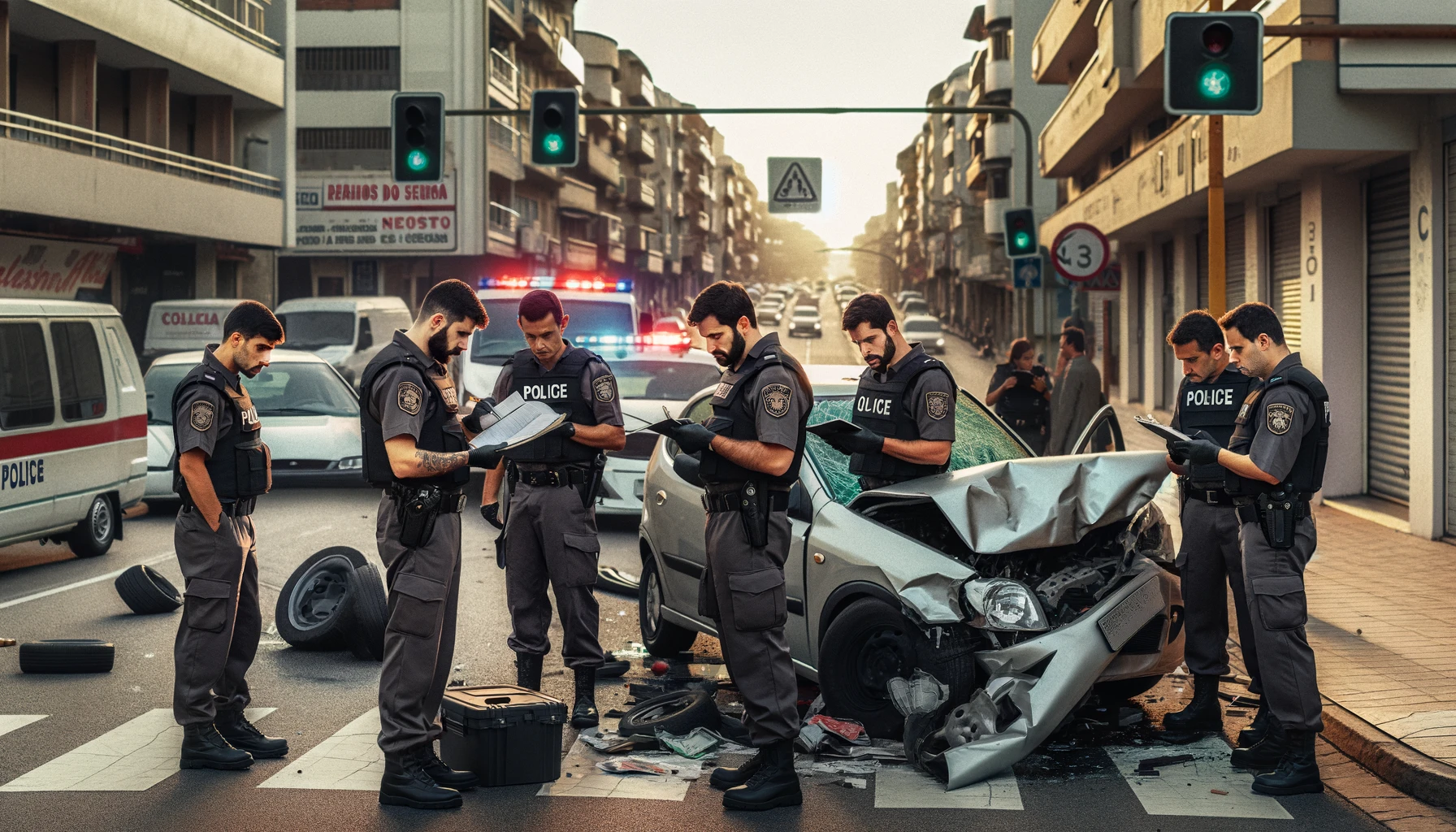Understanding The Nature of Accidents and Injuries
Comprehending Accidents and Their Potential Impact
Accidents refer to unforeseen events causing harm or injury, which could be physical, emotional, or psychological. The severity of
Accidents varies significantly, from minor incidents like slipping on a stairway leading to bruises, to severe cases like car crashes resulting in fatal injuries. Understanding the nature of these accidents is essential in formulating appropriate treatment strategies and preventive measures for future occurrences.
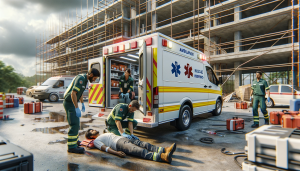
The Anatomy of Injuries from Accidents
Injuries resulting from accidents come in various forms and levels of severity. They may range from superficial wounds, fractures, and
Burns to more complex traumas such as spinal cord injuries, traumatic brain injuries, and internal organ damage. It is crucial not to underestimate the impact of an accident, even if it appears minor initially, as some injuries may have delayed presentations.
Contextualizing Accident-Related Injuries
Various factors influence the type and severity of injuries resulting from accidents. These include the nature of the accident itself, the forces involved, and the individual’s health status at the time of the accident. For example, elderly individuals might be more susceptible to severe injuries due to their frailty. Similarly, high-speed
Car Accidents are likely to cause more severe injuries than a low-speed collision.
The Role of Medical Intervention in Accident-Induced Injuries
Once an accident occurs, immediate medical attention is essential to assess the nature and extent of the injuries. The type of medical intervention depends largely on the severity and type of injury sustained. Mild injuries might only require basic first-aid assistance while critical conditions often necessitate immediate surgical interventions.
The Aftermath of Accidents: Recovery and Rehabilitation
Recovery from accidents and injuries does not conclude with treatments alone. Post-treatment rehabilitation is often required to restore the injured individual's normal function or to adapt to a new way of life, particularly in cases of permanent disability. This often includes physiotherapy, occupational therapy, and psychological counseling when necessary.
Initial Assessment and First Aid Treatment for Accident Injuries
Conducting an Initial Assessment
As soon as an accident happens, you need to carry out an initial assessment. This step is crucial to determine the extent of injuries, if any, and the subsequent treatment. Start by ensuring the safety of the area to prevent further harm. Then, evaluate the injured person's consciousness level. Check for responsiveness - this could be as simple as speaking to the individual or gentle physical contact. If unresponsive, call for medical help immediately.
Administering Basic First Aid
Having a basic knowledge of first aid can prove to be life-saving. Start by cleaning minor wounds with warm water and soap and then cover them with clean dressings. For more severe injuries that lead to bleeding, apply pressure to the wound with a clean bandage or cloth and elevate it, if possible. In the case of
Burns, run cool (not cold) water over the affected area and then cover it with a non adhesive bandage or cloth.
Maintaining Breathing and Circulation
If the injured person loses consciousness and has no clear signs of life, cardiopulmonary resuscitation (CPR) may be needed. Administer chest compressions and rescue breaths until professional medical help arrives.
Handling Fractures and Sprains
In the event of suspected fractures and sprains, ensure the injured area is immobilised if possible, to avoid exacerbating the injury. Over-the-counter pain relievers can be given, if available. However, avoid moving the patient unless necessary for their safety.
Post Accident Care and Support
After administering first aid, it's important to support the victim until professional help arrives. Keeping them warm, calm and reassured can prevent shock. Monitor their condition closely - if they show signs of deterioration, be prepared to perform necessary life-saving steps such as CPR again.
Remember, all these steps should ideally be carried out by a person who has received training in first aid. The aim is to stabilize the patient until professional medical help arrives. If you are unsure or untrained, calling for professional medical help should be your first and foremost step.
Medical Intervention: Diagnosis and Clinical Treatment
Identifying the Injury
The first step in any medical intervention is to accurately diagnose the injury, which involves a physical examination and potentially, various diagnostic tests. This could range from straightforward processes, like checking for visible signs of damage or checking vital signs, to more complex procedures such as X-rays, CT scans, MRI scans or ultrasound. The nature and severity of the
Accident dictates the type of diagnostic tools used.
Immediate Clinical Actions
Once the injury has been identified, immediate action is taken to limit further harm and alleviate pain. This could include basic first aid practices such as cleaning and dressing wounds, setting broken bones or administering pain relief. In cases of severe trauma, life-saving interventions might be necessary, such as CPR or emergency surgery.
Formulation of Treatment Plan
When the patient's condition is stabilized, a more comprehensive treatment plan is developed. Depending on the extent of the injuries, this could include surgical intervention, prescription medication, physiotherapy, or occupational therapy. The goal is not just to treat the immediate injury, but also to minimize long-term complications and support recovery.
Surgical Interventions
Many injuries may require surgical intervention either immediately or later. These can range from minor outpatient procedures to major operations. The purpose of surgery may be to repair damage, remove foreign objects, realign displaced structures or prevent further complications.
Rehabilitation Process
After treatment and potential surgery, the rehabilitation process begins. This stage is crucial to restore normal function and independence. Rehabilitation may involve physical and occupational therapy, exercises, counseling and regular follow-up appointments. It may also necessitate the use of assistive devices like crutches or mobility aids during the healing period.
Surgical Methods Employed in Treating Severe Injuries
Trauma Surgery: Intervention for Severe Injuries
Trauma surgery is a specialized field that primarily deals with severe injuries caused by accidents. The surgical methods employed often depend on the specific nature and location of the injury. Common procedures include emergency laparotomy, where surgeons operate on the abdominal area to stem internal bleeding or repair damage to organs. Another common intervention is surgical craniotomy, performed to alleviate pressure on the brain following a traumatic head injury.
Orthopedic Surgery: Repairing Bone and Joint Injuries
Orthopedic surgery plays a crucial role in the treatment of severe injuries, particularly those involving fractures and dislocations. Through procedures such as open reduction and internal fixation (ORIF), surgeons can realign broken bones and secure them using hardware like screws and plates. In some severe cases, joint replacement may be necessary if the injury irreparably damages a major joint like the hip or knee.
Vascular Surgery: Addressing Blood Vessel Damage
Accidents can often lead to serious damage to arteries and veins, necessitating immediate surgical intervention. Vascular surgeons are trained to repair these types of injuries, often through a procedure called vascular grafting. This involves replacing or bypassing a damaged blood vessel with a synthetic tube or a vessel harvested from another part of the patient’s body.
Plastic and Reconstructive Surgery: Restoring Form and Function
After immediate life- threatening injuries have been addressed, plastic and reconstructive surgery often comes into play. These surgeons work to fix damage to the skin and underlying tissues, helping to minimize
Scarring and improve function. In some cases, they may also perform complex reconstructions, using grafts and flaps to replace lost tissue and restore normal appearance as much as possible.
Anesthesiology: Managing Pain and Vital Functions During Surgery
Anesthesiologists play a critically important role in the surgical treatment of severe injuries. They not only manage a patient’s pain during surgery but also monitor vital functions such as heart rate, blood pressure, and oxygen levels. Additionally, they play a significant role in stabilizing patients before surgery and managing post-operative pain and recovery.
Rehabilitation Process Following Injury
Initial Assessment and Diagnosis
The rehabilitation process often begins with a comprehensive initial assessment and diagnosis of the injury. This assessment might include physical exams, X-Rays, MRI or CT scans, which help medical practitioners identify the nature and extent of the injury. The outcome of this assessment assists in designing a personalized treatment plan based on the patient's specific needs.
Early Intervention and Management
Once an injury is diagnosed, early intervention plays a crucial role in the overall recovery. This phase can include rest, pain management, wound care, and inflammation control. Often, methods such as immobilization or surgical intervention are applied depending on injury severity. Physical therapists may also introduce gentle range-of-motion exercises to prevent stiffness.
Therapeutic Exercises and Rehabilitation
The core part of the rehabilitation process involves therapeutic exercises designed to restore strength, flexibility, and endurance. Physical therapists will guide patients through a variety of exercises, gradually increasing intensity as recovery progresses. These exercises not only aim at restoring function but also at retraining muscles, thereby reducing the risk of re-injury.
Functional Training and Gradual Return to Activity
As the patient recovers and regains strength, functional training becomes integral to the rehab process. It involves training that mimics day-to-day tasks or specific activities relevant to the patient's lifestyle or occupation. The goal is to enable a gradual return to regular activities without causing pain or re-injury.
Education and Prevention Strategies
Lastly, patient education is critical in ensuring long-term recovery success. Patients need to understand their conditions, learn how to manage symptoms, and use prevention strategies to avoid future injuries. This education may involve demonstrating correct posture, teaching safe ways to perform activities, and discussing healthy lifestyle habits.
Importance of Psychological Support After an Accident
Understanding the Psychological Impacts of Accidents
Accidents, be they minor or severe, can have a profound psychological impact on victims. These mental health concerns often manifest themselves in the form of Post-Traumatic Stress Disorder (PTSD), depression, anxiety, and even phobias related to the accident. The physical injuries sustained during an accident are treated with medical interventions, but the invisible mental scars may persist if left unchecked.
Need for Early Intervention
Early psychological intervention after an accident is crucial for timely recovery and overall well-being. This can include services such as immediate emotional support, crisis counselling, and psychoeducation about potential psychological reactions to traumatic events. By identifying and addressing these issues early, one can potentially prevent further deterioration of mental health, improve coping strategies, and enhance the quality of life.
Promoting Healing and Recovery
Providing psychological support can significantly aid in the healing and recovery process following an accident. The support not only helps one cope with distressing emotions and symptoms of trauma but also instills hope and positivity, thus fostering resilience. Therapeutic techniques such as Cognitive Behavioral Therapy (CBT) and mindfulness-based interventions have proven beneficial in this regard.
The Role of Social Support
In the aftermath of an accident, social support from friends, family, and community plays a key role in providing emotional comfort and practical assistance. Such support networks can help normalize feelings of fear or sadness, reduce feelings of isolation, and provide encouragement throughout the recovery process.
Comprehensive Accident Care: Physical and Mental Health
The healthcare community recognizes that comprehensive accident care should address both physical and psychological damage. This holistic approach considers the whole person — body, mind, and spirit — and promotes a more integrated and effective recovery process. Therefore, it is essential to incorporate psychological support as a fundamental component of post-accident care.
Preventive Measures to Avoid Future Accidents
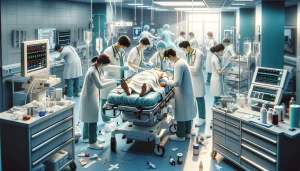
Understanding the Risks
One of the key ways to prevent future accidents lies in comprehending the nature and seriousness of potential risks present, whether it's at home, office, or on the road. This understanding allows for the initiation of correct safety practices and measures. Regular audits can facilitate the identification and mitigation of potential safety hazards.
Maintaining a Safe Environment
Maintaining a safe environment is crucial in preventing accidents. This could mean ensuring that walkways are clear of clutter to prevent trips and falls, or checking that equipment and machinery are in good working order. At home, it includes child-proofing, securing loose rugs, and installing handrails where necessary. At workplaces, adherence to safety protocols, regular maintenance checks, and adequate training can help create a safer environment.
Education and Training
Regardless of the setting, education and training play a vital role in avoiding accidents. Ensuring everyone understands the right procedures to follow and what to do in case of an emergency could make a significant difference. For instance, companies should conduct regular safety drills and training sessions for their employees. Fire safety education, first-aid training, and workshops on safe driving are all effective ways to mitigate risk.
Personal Protective Equipment (PPE)
The use of personal protective equipment is another preventive measure. PPE such as helmets, masks, gloves, safety glasses, and high-visibility clothing can shield individuals from various hazards, depending on the situation. In industries like construction or manufacturing, or during events like pandemics, PPE forms a critical part of safety protocols.
Adopting Healthy Lifestyle Habits
Lastly, adopting healthy lifestyle habits can help prevent certain types of injuries. Regular exercise can improve balance and coordination, thereby reducing the risk of falls. Proper nutrition strengthens the immune system and bone health, giving the body better resilience against potential injuries. Adequate sleep also plays a key role, as fatigue can be a contributing factor to accidents. Regular health check-ups can aid in early detection of any conditions that might increase your risk of accidents.
Conclusion
In conclusion, the aftermath of accidents can reverberate deeply, affecting not only the individuals involved but also their families, both physically and emotionally. The ramifications of such injuries underscore the importance of seeking immediate and suitable medical care. By doing so, individuals can embark on a path toward recovery while mitigating the potential long-term effects of their injuries, thereby fostering a more favorable outcome for themselves and their loved ones. Recognizing the significance of prompt treatment underscores a proactive approach toward managing the aftermath of accidents, aiming to restore health and well-being while minimizing the enduring impacts of these incidents.
Look for an attorney who has the right legal resources for your legal needs.
Contact us here on the
Warmuth Law website or through our hotline 888-517-9888.
Frequently Asked Questions (FAQ's)
1. How long does it take to recover from injuries sustained in an accident?
The recovery time varies depending on the type and severity of the injury. Minor injuries may heal within a few days to weeks, while severe injuries may require months or even years of rehabilitation.
2. What should I do if I've been injured in an accident?
If you've been injured in an accident, seek medical attention immediately, even if your injuries seem minor. Follow your healthcare provider's recommendations for treatment and follow-up care.
3. Does health insurance cover treatment for injuries from accidents?
Health insurance policies typically cover treatment for injuries from accidents, but coverage may vary depending on the type of insurance plan and the specifics of the accident.
4. Can psychological counseling help with the emotional effects of accidents and injuries?
Yes, psychological counseling can be beneficial for individuals coping with the emotional trauma of accidents and injuries. It can help individuals process their feelings, develop coping strategies, and regain a sense of control.
5. What can I do to prevent accidents and injuries?
To prevent accidents and injuries, practice safety measures such as wearing seat belts, avoiding distractions while driving, using protective gear during sports and recreational activities, and maintaining a safe environment at home and work.





